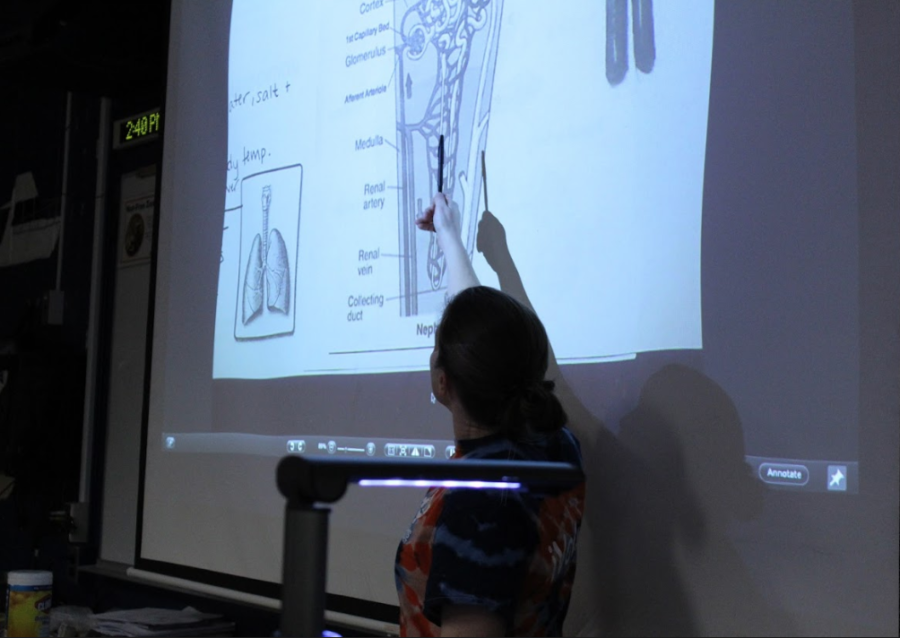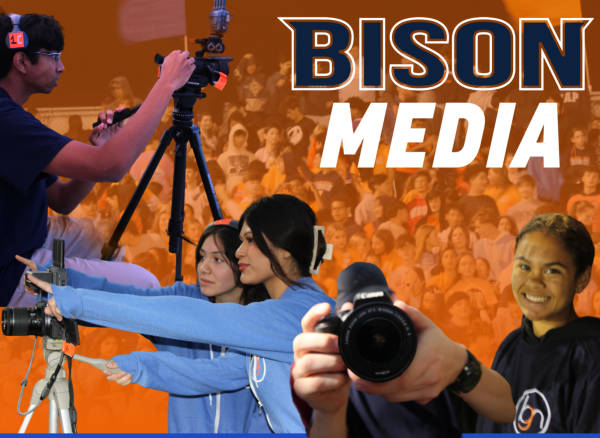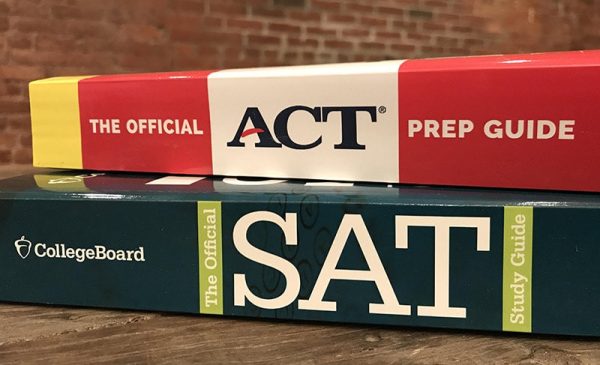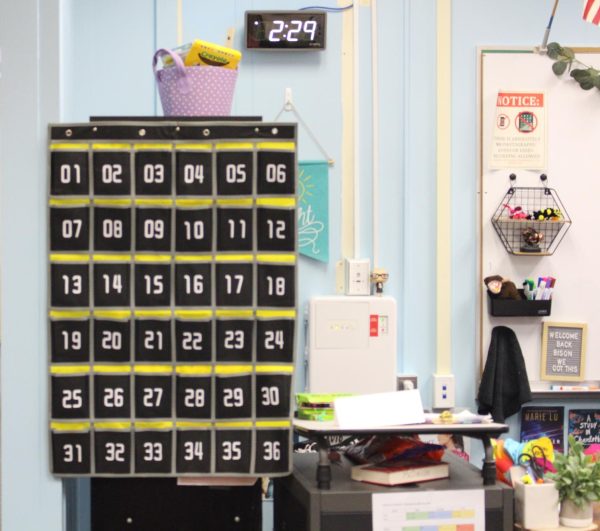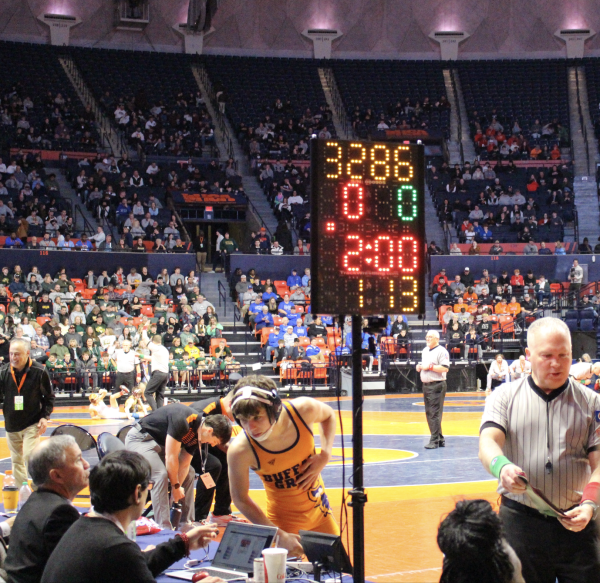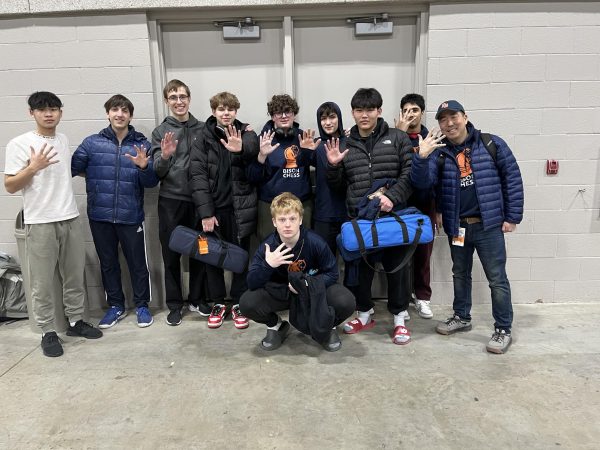New Med Lab and medical career pathway hope to expand opportunities in the field
In just its first two years, the medical career pathway has grown to the largest pathway in the district, quickly gathering interest from students hoping to enter the medical and health care fields after high school.
“We have six sections right now of year one [of the pathway], and three sections of year two and we’ve only had the pathway for two years,” McPartlin said. “There’s obviously a need for this pathway.”
The introduction course in this pathway is Exercise Physiology, which ties in the basic information about the different health careers while also discussing medical terminology in the human body. Treated as a survey course, it allows students to discover which careers they may be interested in.
This leads into the second year courses, Human Physiology and Medical Terminology. The first course describes how human systems interact with each other when presented with disease, and the second provides a dual-credit opportunity in understanding how to read medical texts and interpreting case studies.
“I really like the course,” junior Moises Valencia said. “I like learning about the different new diseases and how they affect people’s everyday lives.”
Year three provides the opportunity for a CNA [Certified Nursing Assistant] class, a nursing course that provides the opportunity to leave with a certification to work in a hospital setting as a nursing assistant.
These opportunities provide valuable experience inside the classroom for students intending on entering the healthcare workforce. But new advancements may further these opportunities even more.
“Part of the million dollar donation we received was allocated for STEM stuff, so our portion is the new Med Lab,” biology teacher Sindi Smith said. “We’re trying to make it this crazy, innovative space. One of the main features of the room that we’re going to have is this dissecting table that’s all virtual.”
This dissecting table acts as a massive smart-tablet, allowing for students to view human anatomy with the touch of a finger. The table allows for in-depth analysis of muscles and nerves in the body, as well as providing areas for students to perform tests and quizzes.
“If you want to see what somebody with lung cancer looks like, you can load up lung cancer and you can see a tumour in the lungs,” McPartlin said. “If you want to see a gunshot wound, you can pull it up and it’ll show you the entry and exit points of the bullet.”
Being a large investment, the school hopes to integrate the Med Lab into as many different courses as possible. According to McPartlin, these courses include Human Physiology, AP Biology, some PE classes, some freshman biology classes and the Science Olympiad club.
“It sounds very interesting,” Valencia said. “It’s a unique opportunity that not a lot of other people have.”
According to McPartlin, this pathway also allows for students to discover careers in medicine that aren’t necessarily doctors or dentists.
“Students might not originally think of being an x-ray technician, or being an EMT, working in mortuary science or being a pharmacologist,” McPartlin said. “I think this pathway gives students a chance to see the options they have.”
Ultimately, the medical career pathway hopes to create as many opportunities for students to interact with medicine while still in high school. The new tables will be made available next school year. Despite being in the first few years of action, the pathway is expanding rapidly.
“These [dissecting] tables are used at med schools, at UCLA and the University of Chicago, so some students will see them again,” Smith said. “Having already had the experience of using them, it should put them at an advantage. We’re always looking for ways to provide unique opportunities for kids.”

